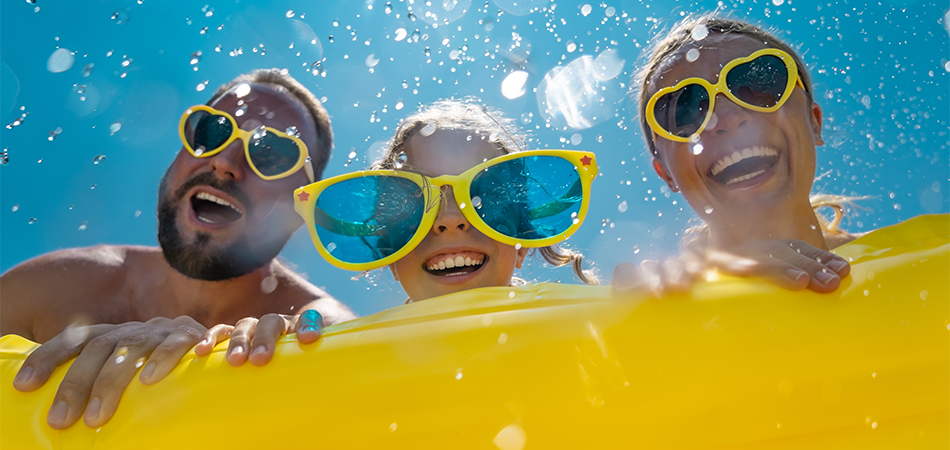Date Published: 2025/08/05
Read Time: mins
Preventing drowning risks: At the pool and on the boat

Summer is synonymous with sunshine, swimming, and boat outings. But behind these relaxing moments lie very real dangers. Every year, drownings occur — often preventable. Whether at a home pool or out on the water, caution is key. Here are some essential tips to help prevent drowning incidents.
At the Pool: Safety First
1. Never leave a child unattended
A child can drown in just seconds, even in shallow water. An adult should always be actively supervising — with full attention (no phones or distractions).
2. Install a secure fence
A pool fence at least 1.2 meters (4 feet) high, with a self-latching, self-closing gate, prevents unsupervised access to the pool.
3. Equip children with flotation devices
Life jackets, float vests, or arm floaties approved by authorities can save lives — especially for kids who are not strong swimmers.
4. Start swimming lessons early
Swimming lessons are a great prevention tool, but keep in mind: even strong swimmers aren’t immune to accidents.
5. Keep rescue equipment within reach
A safety pole, ring buoy, and phone should always be nearby for emergencies.
On the Boat: Life-Saving Precautions
1. Wear a life jacket at all times
Life jackets must be properly fitted and meet Transport Canada standards. It’s not enough to have them on board — they must be worn.
2. Check the weather before heading out
Sudden weather changes can turn boating into a dangerous activity, even on small lakes.
3. Avoid alcohol
Drinking while on the water increases the risk of falling, poor judgment, and slower reflexes — a dangerous mix.
4. Don’t overload the boat
Exceeding the weight limit makes the boat unstable and increases the risk of capsizing.
5. Learn basic boating safety
Take a boating safety course and ensure all mandatory equipment is on board (life jackets, throw rope, whistle, flashlight, etc.).
In Case of Emergency: Know How to React
- Call 911 immediately
- Remove the person from the water if it’s safe to do so
- Begin CPR if the person isn’t breathing
- Train family members in first aid — it can make all the difference.
In summary, whether you're in your backyard or out in the middle of a lake, safety should always be your top priority.